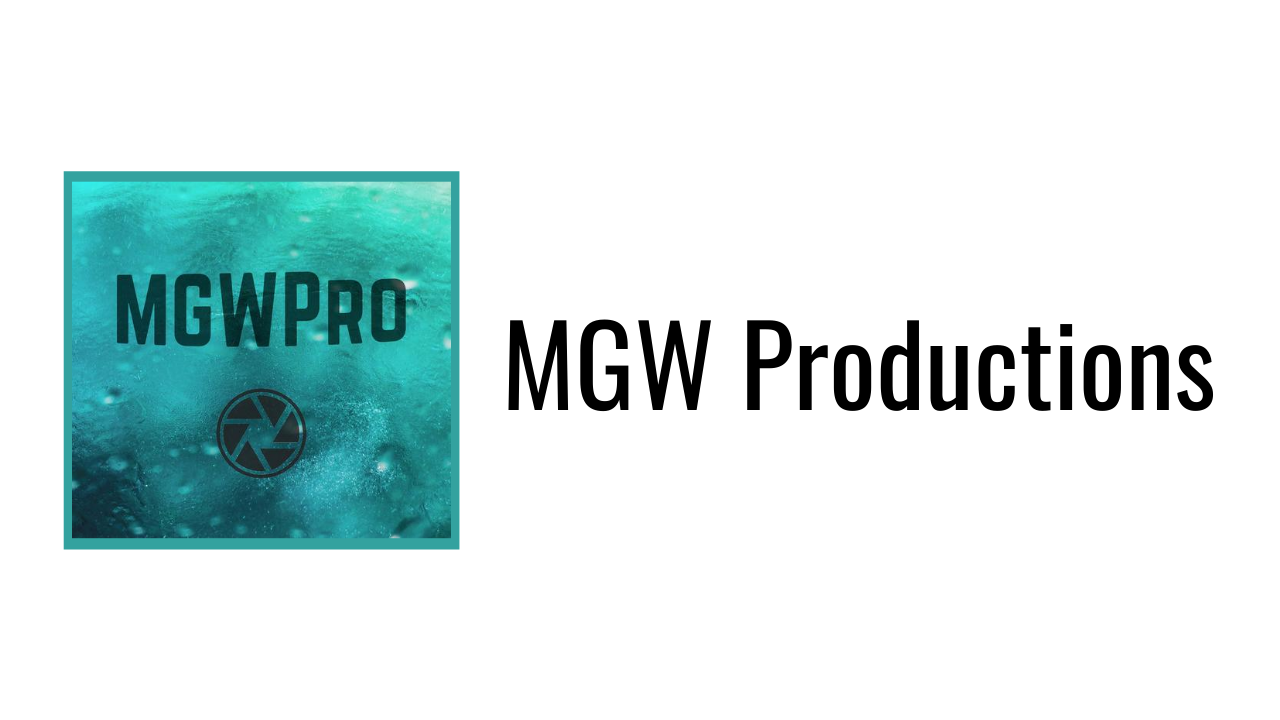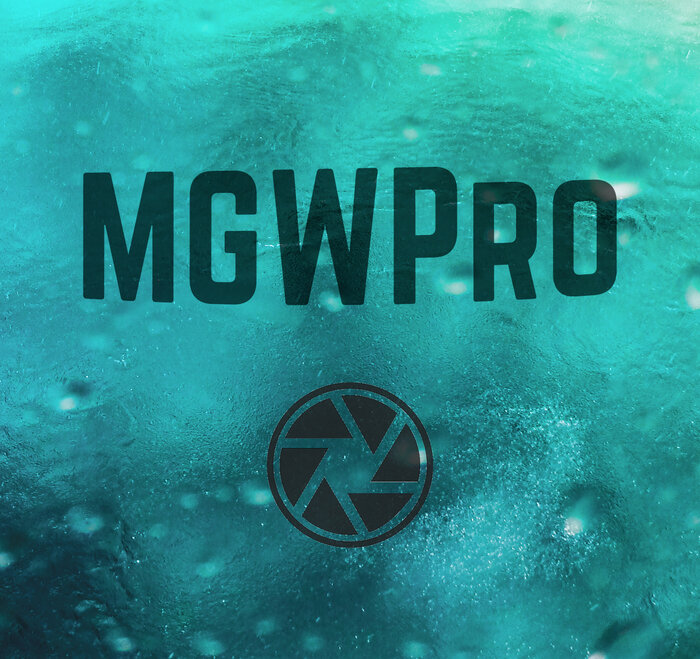Video Tips for Capturing Bioluminescence
Here in the Indian River Lagoon on the Space Coast of Florida is where you’ll find some incredible bioluminescence within our river. From dolphins glowing in the bioluminescence, to huge schools of mullet schooling and glowing like bottle rockets, it’s a must see experience! This phenomena is very notorious for being difficult to capture on camera and many people have asked me about my experience shooting for Fin Expeditions so I thought I’d share a bit of it along with some tips.
The bioluminescence we shot happened over two long nights during peak bio season utilizing a pontoon boat, kayaks, ladder etc. Both nights were amazing but the second night was absolutely magical after chasing dolphin around, mullet and capturing different angles we wrapped at 2:30am and all went for a swim taking turns jumping off the ladder and into the neon blue water. It was something I won’t soon forget.
Dolphin chasing…
we strapped a ladder to the front of the boat in order to get the best vantage point for bioluminescent dolphin
For me, this shoot was a combination of a lot of different expertise and research as well as my own experience being a kayak guide doing bioluminescent tours. My goal is not to tell people how to shoot bioluminescence by giving exact how-tos or my settings. I believe this somewhat changes with the unique circumstances of the situation, and I think there is value in you doing your own due diligence and experimenting around with settings. I would love to share a few tips I learned which I hope will be helpful:
1.) Find the brightest bioluminescence - I mean it needs to be very bright in order to get stunning results!! Typically, the plankton appear in brighter and dimmer patches so finding a guide who knows the secret spots and is willing to take you there is essential. When I am leading kayak tours, I tell my clients that it’s like treasure hunting - you never know where the bio will be the brightest, so it sometimes requires some adventuring.
2.) Shooting video is easier and harder than photos both at the same time. In one sense, it’s easier because it doesn’t require a tripod like shooting any sort of night photography would. It is harder because you are shooting live action - there are no long exposures which bring in extra light so shooting video requires gear that is very very good in low light i.e. the Sony A7sii!
3.) It’s a combination of shutter, ISO, and aperture to let in as much light as possible:
Playing around with your shutter and seeing how low you can go before you get choppy motion blur is something you will want to experiment with. I’m sure every camera is different so test out 1/100, 1/60, 1/30 etc.
Use as fast a lens as possible (low aperture), but make sure to check your focus every time you shoot by illuminating your subject with a flashlight, checking your focus, then shooting the night subject with no light.
ISO is something you will need to also play around with in terms of how high before you get considerable grain/noise. The A7sii is really awesome in low light… it can feel like you are seeing in the dark.
4.) Get creative with your compositions and think of anything you can to create movement in the water to light up the algae. And also don’t be afraid to use a bit of flashlight to illuminate the foreground and create three dimensional images that also light up a little bit of the subject.
Happy shooting and definitely go out and experience this wonderful phenomena for yourself!!






